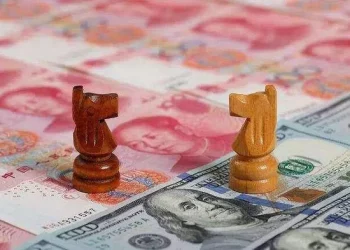1. Direct pricing method, also known as price pricing method, is a method of expressing a certain unit of foreign currency in the country.
Generally, 1 unit or 100 units of foreign currency can be converted into the number of domestic currency.
The more valuable the domestic currency, the less the unit of foreign currency can be exchanged for the domestic currency, the smaller the exchange rate value;
Conversely, the less valuable the domestic currency, the more local currency can be exchanged for each unit of foreign currency, and the higher the exchange rate value.
Under the direct pricing method, the rise and fall of the exchange rate is inversely proportional to the change of the value of the domestic currency: the appreciation of the domestic currency, the decline of the exchange rate;
The currency depreciates and the exchange rate rises.
Most countries adopt the direct pricing method.
Most exchange rates in the market are also those under the direct pricing method.
2, indirect pricing method, also known as quantity pricing method, is a foreign currency to express a certain unit of the domestic currency exchange rate expression method.
Generally speaking, it is how much foreign currency can be converted into 1 unit or 100 units of local currency.
The more valuable the domestic currency, the more foreign currency can be exchanged per unit of domestic currency, and the higher the exchange rate value;
Conversely, the less valuable the domestic currency, the less foreign currency can be exchanged for each unit of local currency, and the lower the exchange rate value.
Under the indirect pricing method, the rise and fall of the foreign exchange rate is directly proportional to the change of the value of the domestic currency.
The currency depreciates and the exchange rate falls.




























